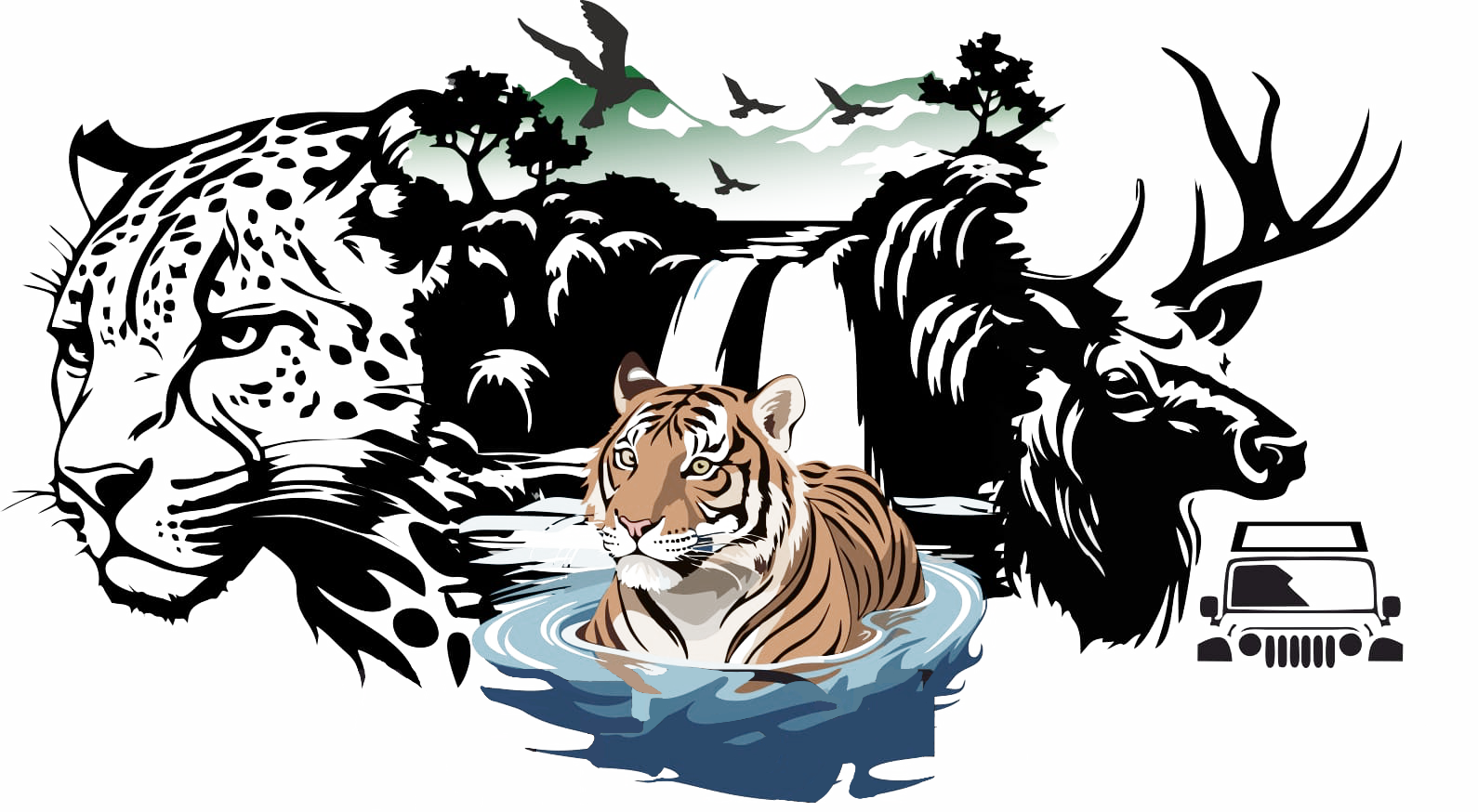
Satpuda Jungle Safari
Meet the Majestic Inhabitants of Pal Wildlife Sanctuary
Pal Wildlife Sanctuary is a vibrant haven for some of India’s most fascinating creatures. From stealthy predators like leopards and tigers to shy herbivores like the chinkara and barking deer, the sanctuary offers a living showcase of rich biodiversity. Every visit brings you closer to the rhythms of the wild and the incredible species that call this forest home. Discover the untamed side of Maharashtra, where every animal has a story to tell.
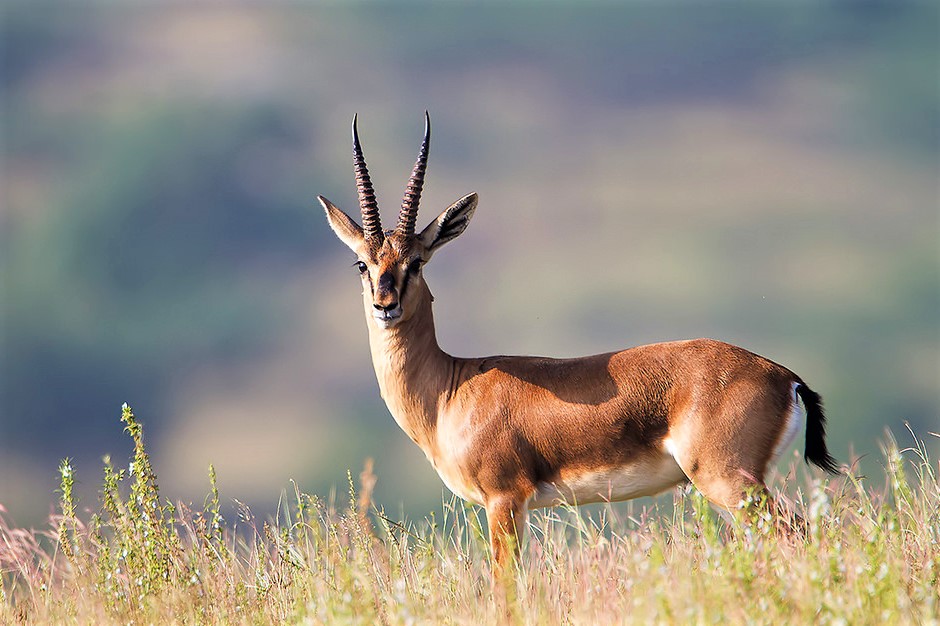
Chinkara
The graceful Chinkara, also known as the Indian gazelle, is a shy and agile antelope found in open plains and dry scrublands. With its slender build, sandy coat, and striking black facial markings, it’s a true desert beauty. These animals are known for their speed and can sprint up to 60 km/h to escape predators. They are usually seen alone or in small groups and are most active during dawn and dusk. Their alert movements and large, expressive eyes make them a charming presence in the wild.
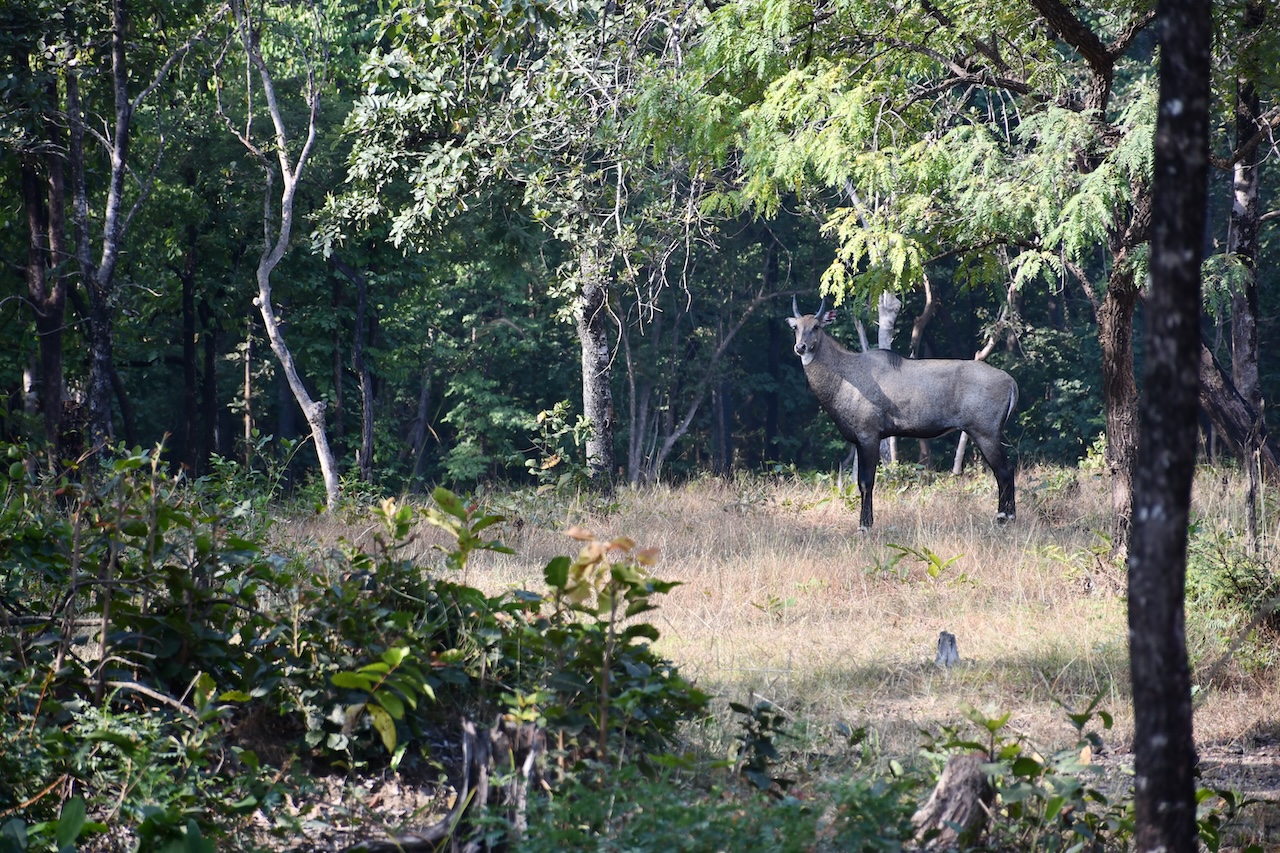
Nilgai
India’s largest antelope, the Nilgai or Blue Bull, is a robust and majestic herbivore often seen grazing in open fields and forest edges. Males are distinguished by their bluish-grey coat and short, conical horns, while females are brown and hornless. They usually move in small herds and are wary of predators, quickly galloping away at the first sign of danger. Despite their bulk, Nilgai are surprisingly fast and agile. Their calm yet alert nature makes them a frequent and striking sight during safaris.
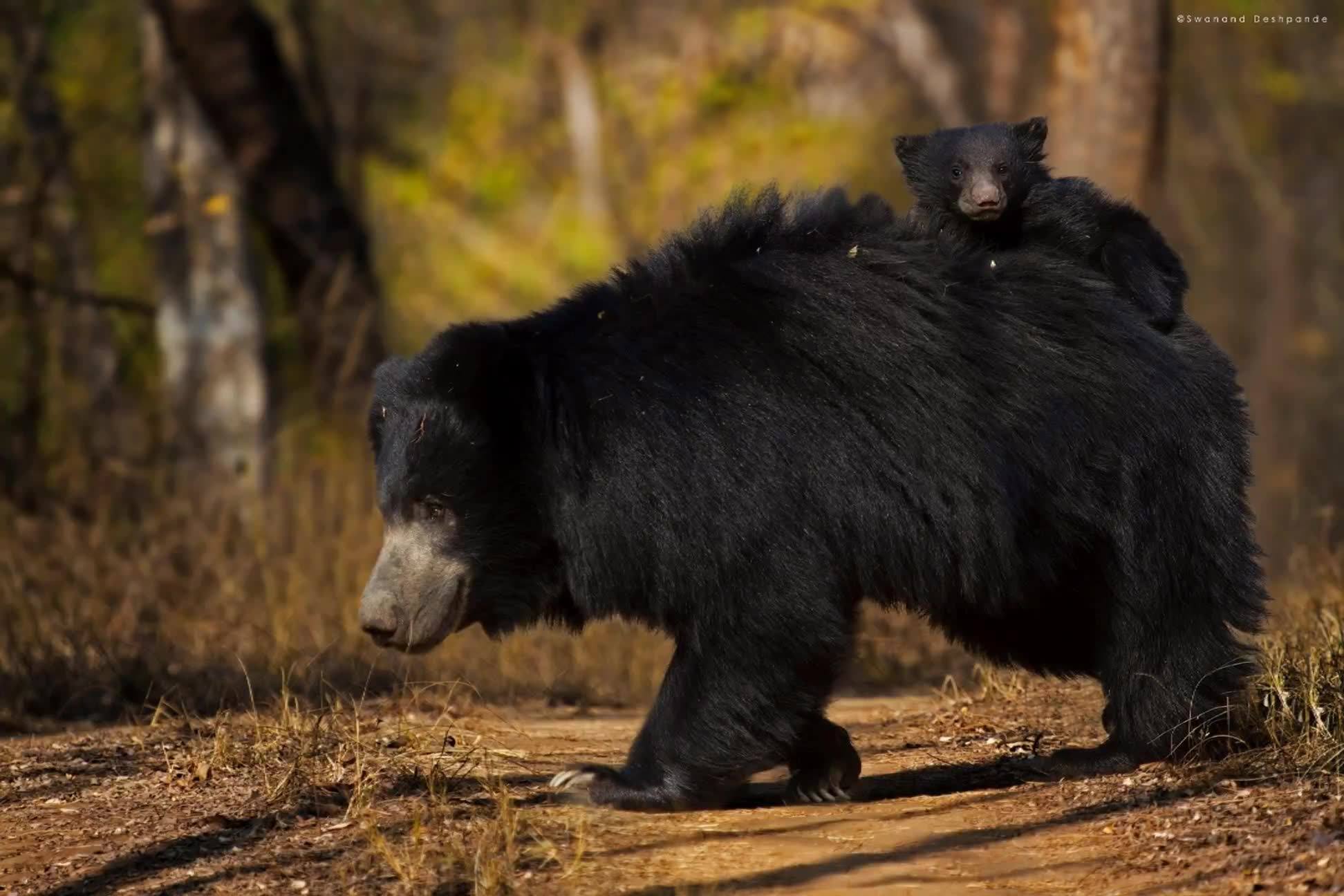
Sloth Bear
The shaggy-coated Sloth Bear is a unique and nocturnal animal known for its long claws, powerful sense of smell, and loud snorts while foraging for termites. These bears have a distinctive white or cream-colored V-shaped chest patch and are often seen lumbering along forest trails. Despite their slow appearance, they can be quite aggressive if threatened. They love climbing trees and are adept at tearing open termite mounds. Encountering one in the wild is both thrilling and humbling.
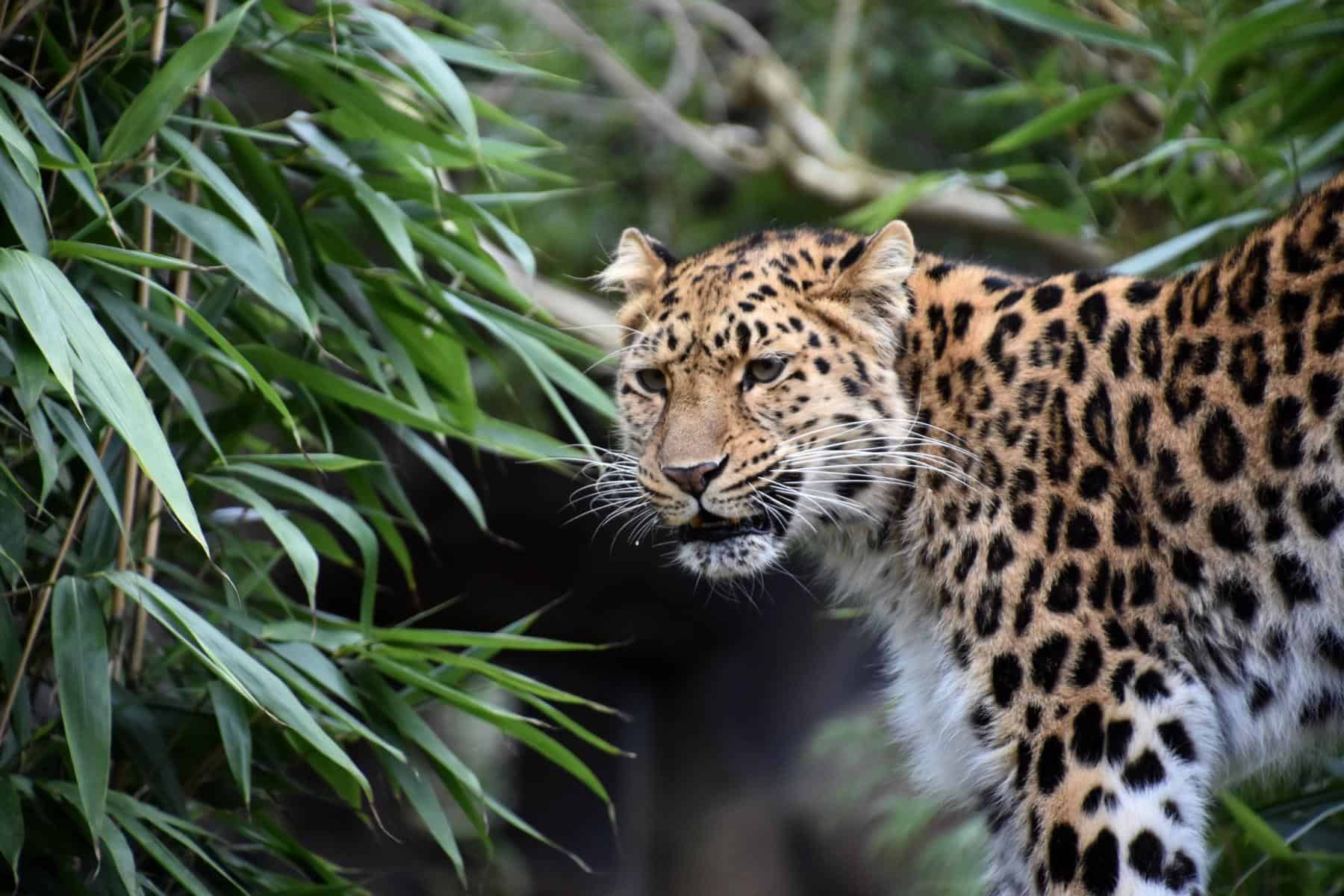
Leopards
Leopards are stealthy, powerful, and elusive big cats, known for their beautiful rosette-spotted coats. They are masters of camouflage and are mostly solitary, resting in trees or dense underbrush during the day. Leopards are excellent climbers and often drag their prey up into trees to keep it safe from scavengers. Their mysterious presence adds an element of surprise to any safari. Patient wildlife watchers may be rewarded with a rare and unforgettable sighting.
Tigers
The Bengal Tiger, India’s national animal, is a majestic and awe-inspiring predator. With its bold black stripes and muscular build, it commands attention and respect in the jungle. Tigers are solitary hunters and mark large territories, often patrolling silently through grasslands and dense forests. They are excellent swimmers and are often found near water sources. Spotting a tiger in its natural habitat is a heart-pounding, once-in-a-lifetime moment for many safari-goers.
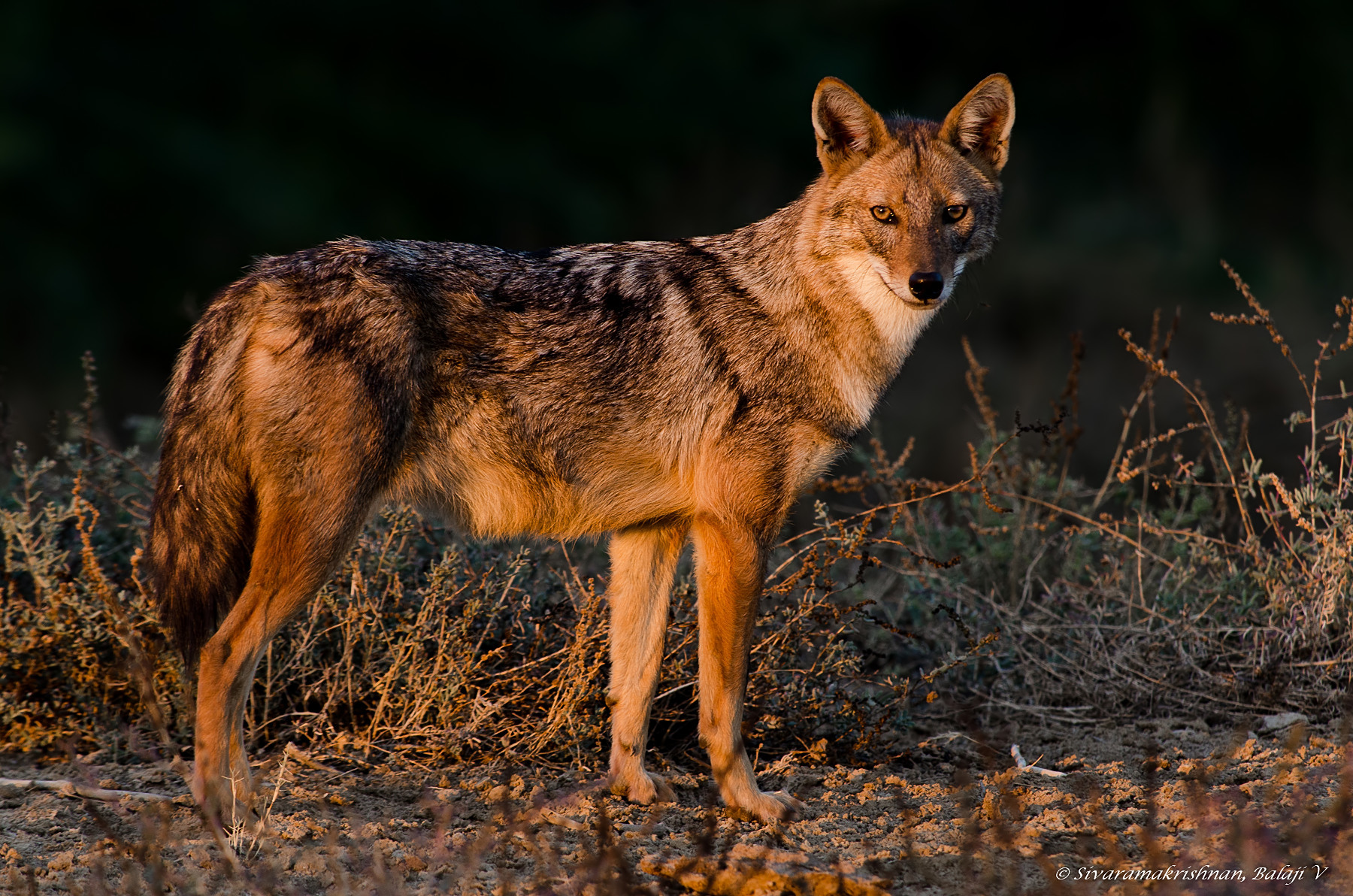
Indian Jackal
The Indian Jackal is a cunning and adaptable scavenger often seen near human settlements, open woodlands, and scrublands. With its golden-brown coat and sharp features, it is most active during twilight hours. Jackals are social animals and are often found in pairs or small family groups. They feed on small animals, fruits, and leftovers, playing an important role in the ecosystem as cleanup crew. Their eerie howls at dusk create a mystical atmosphere in the wild.
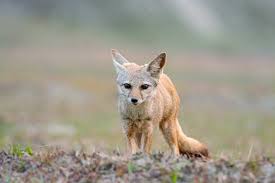
Fox
Also known as the Indian Fox, the Bengal Fox is a small, elegant creature with a bushy, black-tipped tail and large ears that help it detect prey. Found in grasslands and open plains, it avoids dense forests and is mostly crepuscular, active during dawn and dusk. They feed on insects, rodents, reptiles, and fruits. Bengal Foxes are shy and quick-footed, often vanishing into their burrows at the slightest disturbance. Their curious demeanor makes them a joy to observe.
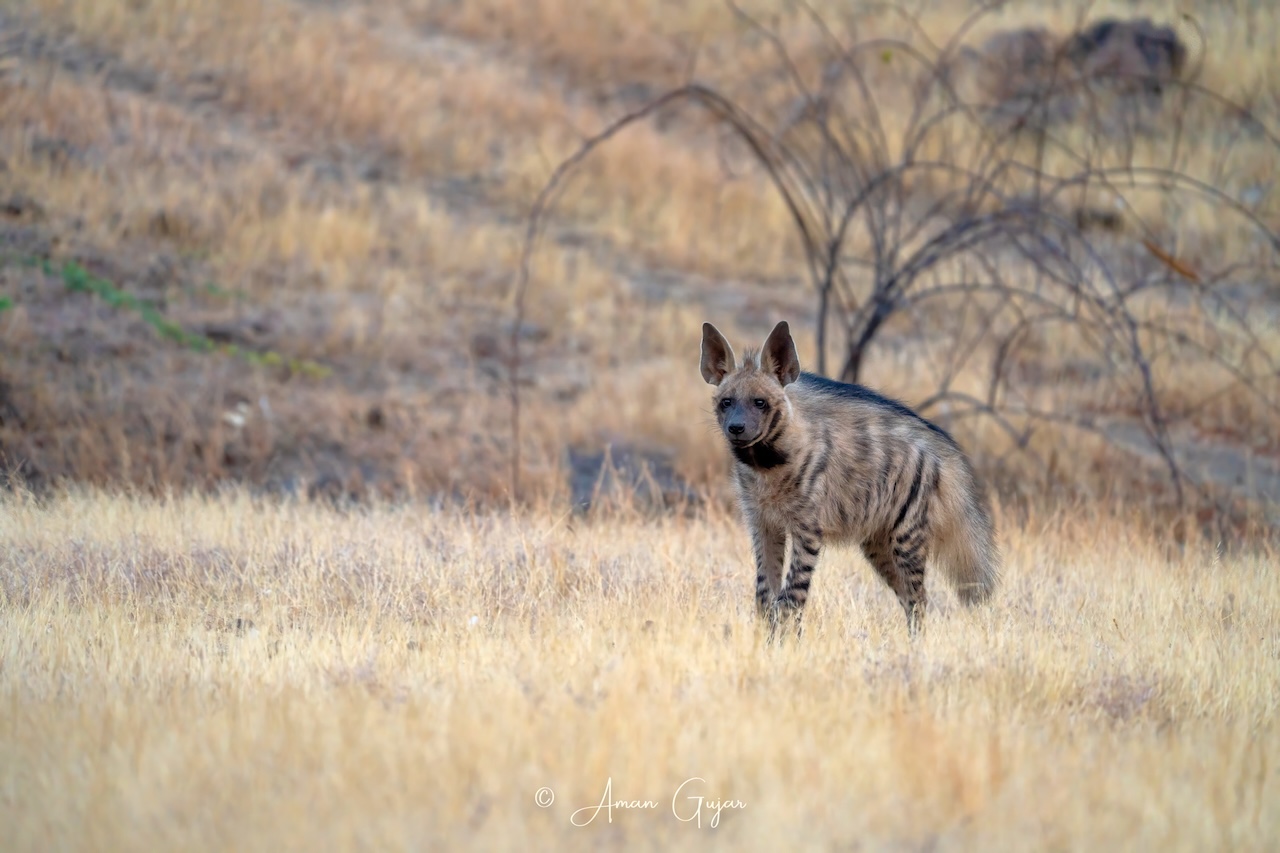
Striped Hyena
The striped hyena (Hyaena hyaena) is a nocturnal scavenger found in the dry deciduous forests of the Yawal region in Maharashtra. Known for its distinctive black stripes and powerful jaw, it plays a crucial role in the ecosystem by cleaning up carrion. Though shy and elusive, it occasionally ventures near human settlements in search of food. Conservation efforts are vital here due to habitat fragmentation and human-wildlife conflict.
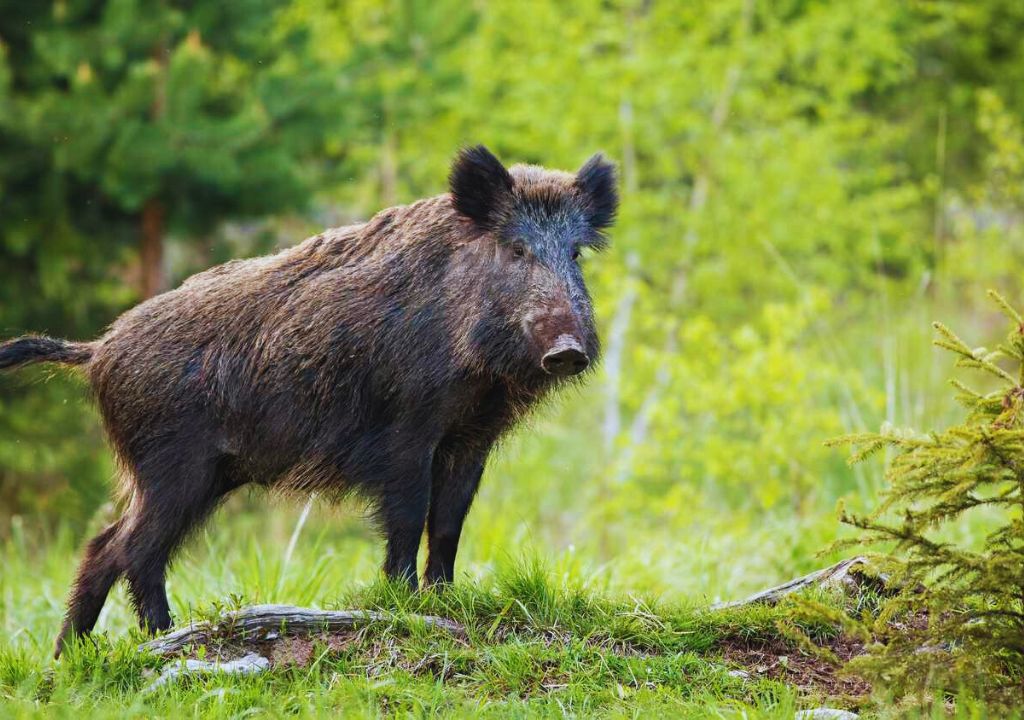
Wild Boar
The Wild Boar is a tough and resilient forest dweller, recognized by its bristly coat, sharp tusks, and stocky build. These animals are omnivorous and forage through the forest floor for roots, insects, and fruits. Often found in noisy groups called sounders, they are surprisingly fast and fearless when threatened. Boars play a vital role in maintaining forest ecology by tilling the soil. Their bold nature and frequent appearances make them a safari staple.
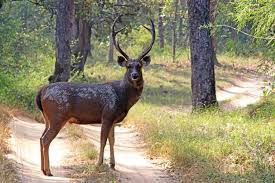
Sambar Deer
The Sambar Deer is one of the largest deer species in India, known for its rugged antlers, coarse brown coat, and sturdy build. These majestic animals prefer forested areas near water and are often seen wading in shallow pools. Males emit a loud, resonant call when alarmed, which serves as an early warning of predators like tigers or leopards. Their dignified presence and calm behavior add grace to any jungle trail.
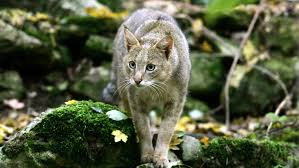
Jungle Cats
Jungle Cats are medium-sized wild felines with a sandy or grey coat, long legs, and a black-tipped tail. They thrive near wetlands, reed beds, and forest edges, feeding on rodents, birds, and amphibians. Though elusive, they are often active during daylight hours, making sightings more possible than other wild cats. Their stealthy walk and intense gaze make them a fascinating species to watch during a safari drive.
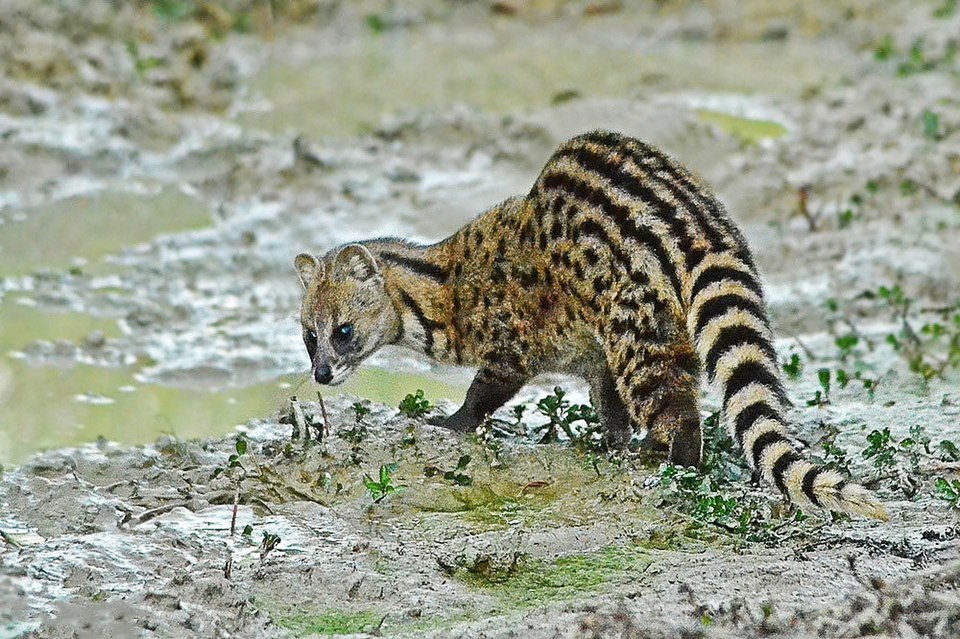
Small Indian Civet
The Small Indian Civet is a nocturnal, cat-like creature with a long body, short legs, and a distinctive banded tail. Known for its musky scent, it plays a key role in controlling pests and dispersing seeds. Civets are skilled climbers and foragers, often seen near water sources or human settlements at night. Despite being secretive, they are curious by nature and may offer fleeting views on night safaris.